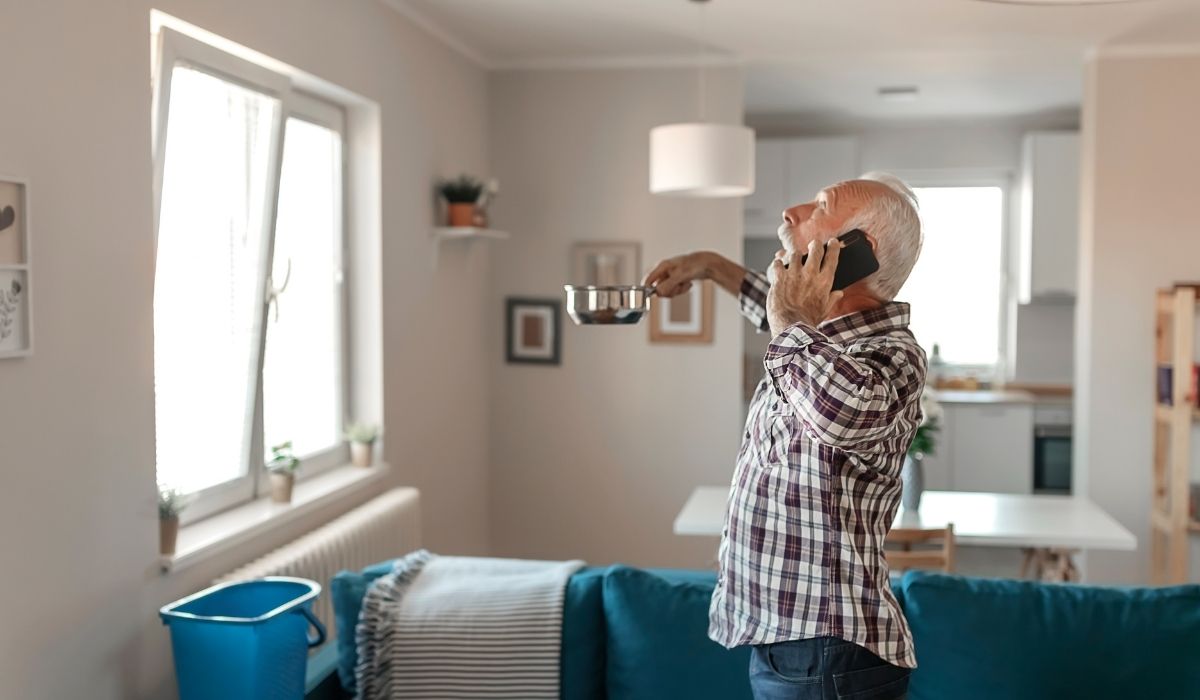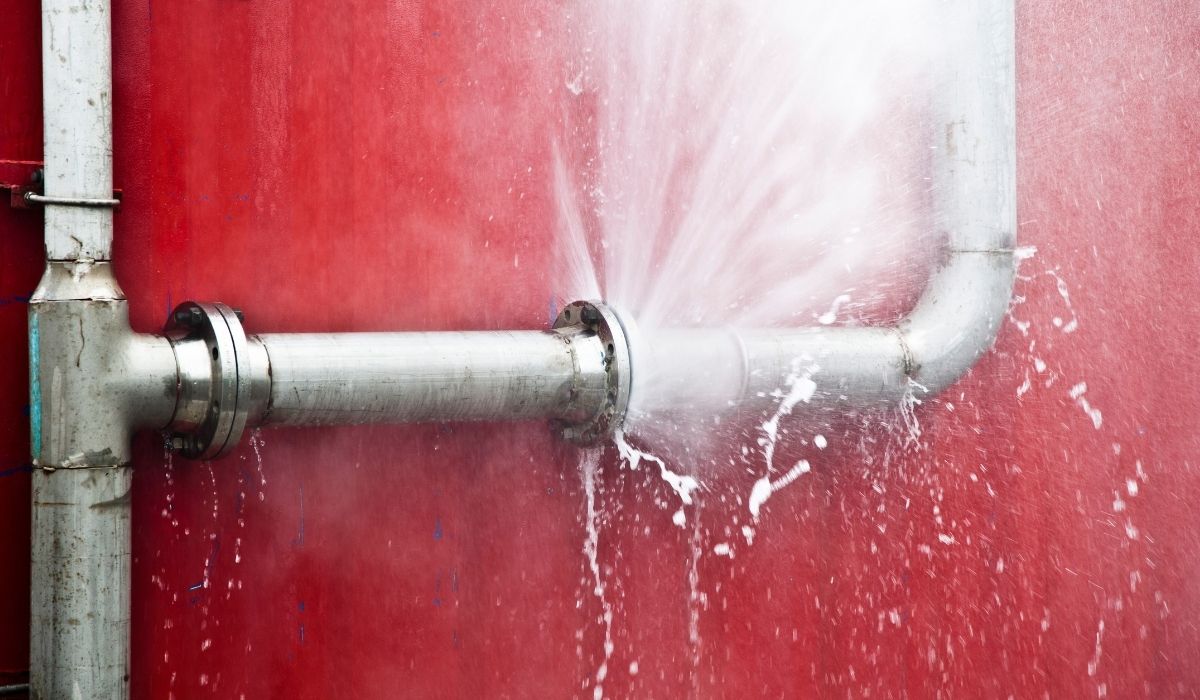How to Remove Mold from the Basement Safely and Fast
Basements can be dark, damp, and musty. This makes them the perfect place for mold to grow. Mold is not just ugly—it can harm your health and damage your home. The good news is you can remove it with the right steps and keep it from coming back.
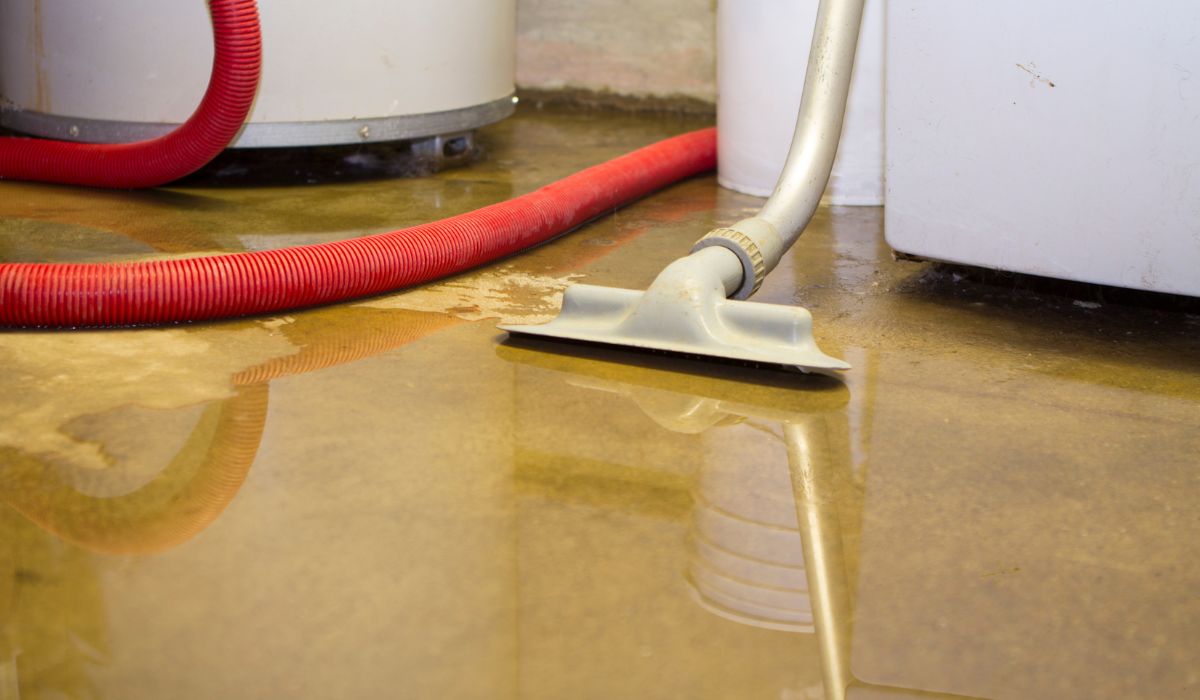
Why Mold Grows in Basements
Mold grows best in places with:
- Moisture from leaks, flooding, or high humidity
- Poor air flow where fresh air can’t get in
- Warm temperatures combined with dampness
- Organic materials like wood, carpet, or cardboard to feed on
If your basement smells musty or you see dark spots on walls or floors, mold might already be there.
Dangers of Mold in Your Basement
Mold isn’t just gross—it can be dangerous.
Health Risks
Breathing in mold spores can cause:
- Sneezing or coughing
- Watery eyes
- Skin rashes
- Breathing trouble, especially for people with asthma or allergies
Damage to Your Home
Mold can:
- Eat away at wood and drywall
- Stain surfaces
- Lower your home’s value
- Spread to other rooms
That’s why removing it quickly is so important.
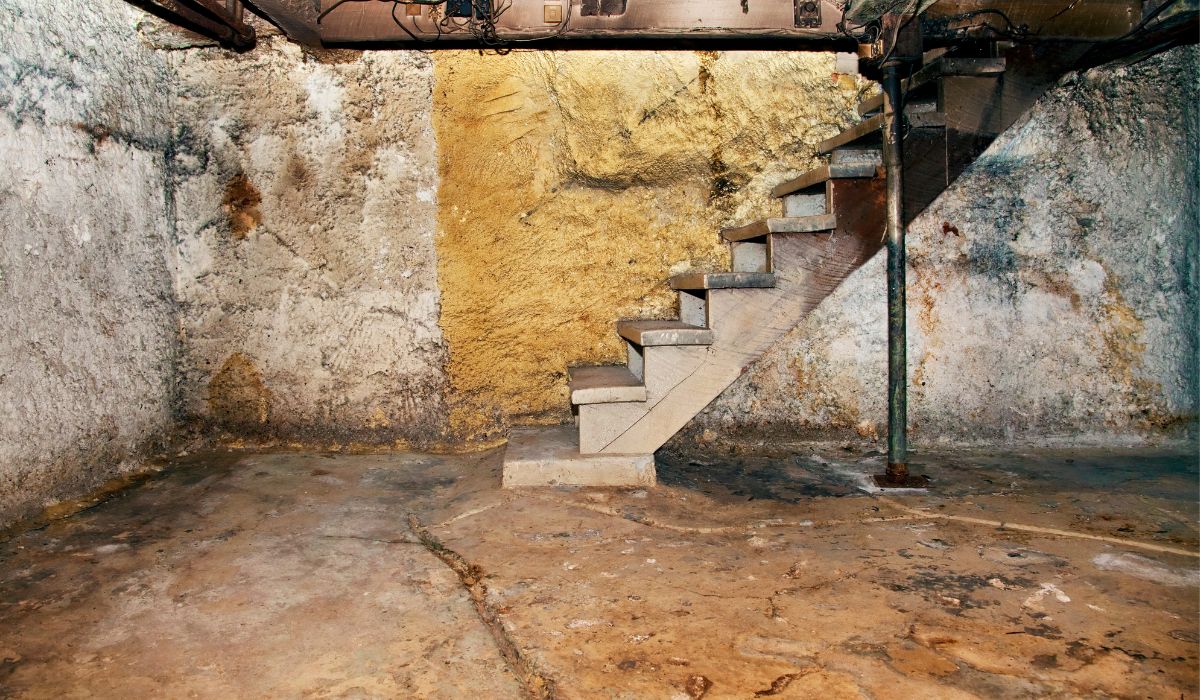
How to Tell if You Have Basement Mold
You might have mold if you notice:
- Black, green, or white fuzzy spots
- A musty or earthy smell
- Peeling paint or wallpaper
- Water stains or damp patches
If you’re not sure, you can buy a home mold test kit or hire a professional to check.
Step-by-Step: How to Remove Mold from the Basement
Before you start, stay safe. Mold spores can spread easily.
Step 1: Wear Safety Gear
Protect yourself with:
- Rubber gloves
- N95 mask or respirator
- Safety goggles
- Long sleeves and pants
This keeps you from breathing in or touching mold spores.
Step 2: Find the Source of Moisture
Mold will return if you don’t fix the dampness. Check for:
- Leaky pipes
- Cracks in walls or floors
- Poor drainage outside your home
- High humidity
Fix these problems before or while cleaning.
Step 3: Block Off the Area
Close doors and cover vents with plastic sheets. This keeps mold spores from spreading to other parts of your home.
Step 4: Remove and Throw Away Damaged Items
If mold is on carpet, cardboard, or fabrics, it’s often best to throw them out. These items can hold mold even after cleaning.
Step 5: Scrub Hard Surfaces
Mix a cleaning solution:
- One cup bleach to one gallon of water (for non-porous surfaces)
- Or white vinegar (safe for many surfaces and non-toxic)
Scrub the moldy area with a stiff brush. Let the solution sit for at least 10–15 minutes before rinsing.
Step 6: Dry the Area Completely
Use fans, dehumidifiers, and open windows (if possible) to dry the space. Mold can grow back in less than 48 hours if moisture remains.
Step 7: Keep Checking
For the next few weeks, check for signs of mold returning. If it does, there may still be a hidden moisture problem.
Natural Ways to Remove Mold
If you prefer chemical-free cleaning, try:
- Vinegar – Spray full-strength vinegar on moldy spots, wait an hour, and wipe.
- Baking soda – Mix with water into a paste, scrub, and rinse.
- Hydrogen peroxide – Spray and let sit for 10 minutes before wiping.
These work best for small areas of mold.
When to Call a Professional
You should call a mold removal expert if:
- Mold covers more than 10 square feet
- It’s inside walls or ceilings
- You have health problems made worse by mold
- You’ve tried cleaning but it keeps coming back
Professionals have special tools to remove mold safely and completely.
How to Keep Mold from Coming Back
Once your basement is clean, take steps to keep it mold-free:
Control Moisture
- Run a dehumidifier
- Fix leaks quickly
- Insulate pipes to stop condensation
Improve Air Flow
- Open basement windows when possible
- Use fans to move air around
- Keep vents clean and clear
Regular Checks
- Inspect your basement every month
- Look for damp spots after heavy rain
- Smell for musty odors
Extra Tips for Basement Mold Removal
- Always throw away sponges or rags used on mold
- Never mix bleach with ammonia—it makes toxic fumes
- Wear protective gear even for small jobs
- Test your basement’s humidity—it should be below 50%
Final Thoughts
Learning how to remove mold from the basement is important for your health and your home. With the right steps—protecting yourself, cleaning the mold, fixing moisture problems—you can stop mold and keep your basement fresh and safe.
If the job feels too big or unsafe, don’t hesitate to call a mold removal professional.
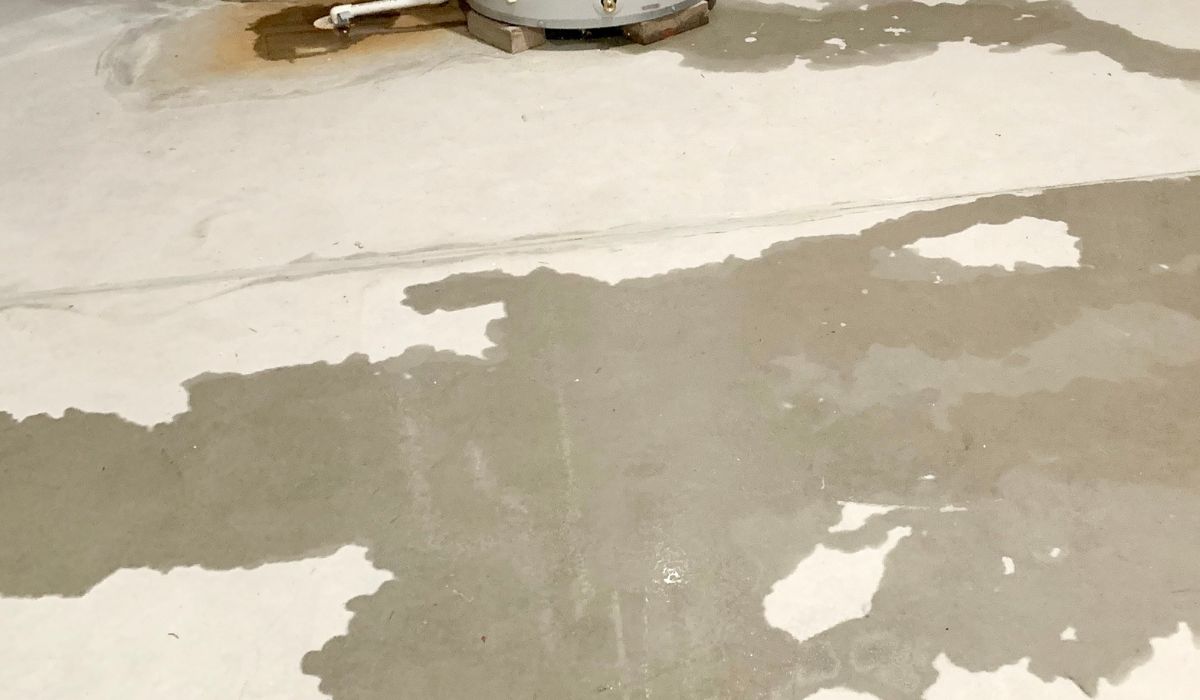
FAQs
How long does it take to remove mold from the basement?
Small areas can be cleaned in a few hours. Large or hidden mold may take days and may require a professional.
Can I remove basement mold myself?
Yes, if it’s a small area and you use proper safety gear. Large infestations should be handled by a pro.
What is the best cleaner for basement mold?
Bleach works well on hard, non-porous surfaces. Vinegar is a safer, natural option for smaller jobs.
How can I stop mold from growing again?
Keep your basement dry, run a dehumidifier, fix leaks, and improve air flow.
Is basement mold dangerous?
Yes. It can cause breathing problems, allergies, and damage your home if not removed quickly. Call us today for a quote for mold removal.


